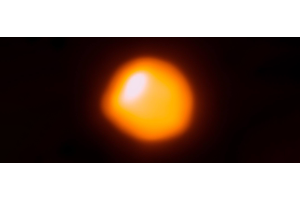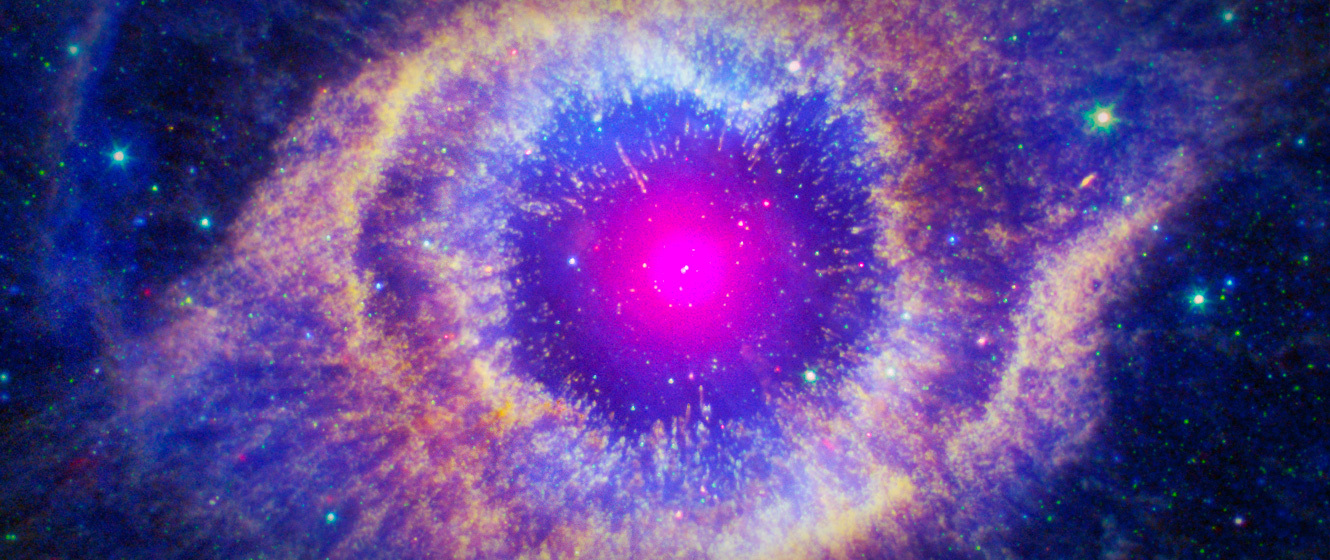
In this video Teagan covers some of the beautiful celestial objects we can observe in the night sky for the month of October 2021.
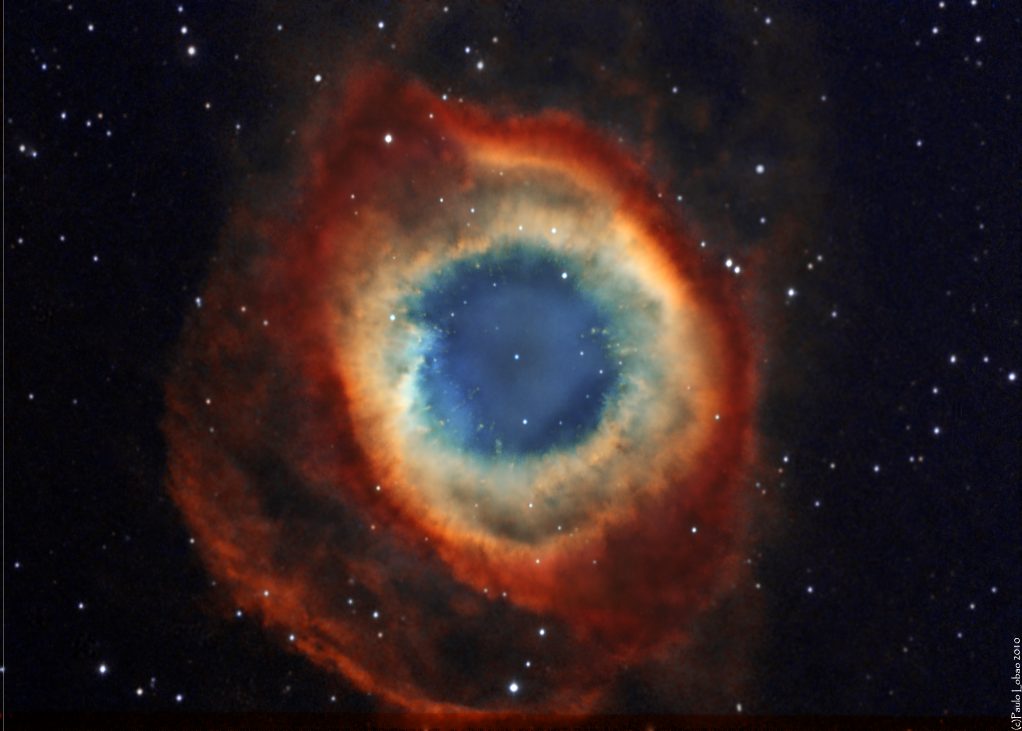
Image source: Paulo Lobao
NGC 7293 - The Helix Nebula
- Type: Planetary Nebula
- Constellation; Aquarius
- Distance: 530 light-years
- Magnitude: 6.3
- Apparent Diameter: 16 ’
Despite being probably the nearest planetary nebula to the Sun, the Helix Nebula can be a challenging target for visual observers. Its low surface brightness and relatively large apparent diameter (almost the size of the full Moon) make this target better suited to binocular observers and imagers. Telescopically, it’s best seen with a low power eyepiece, while an O-III filter will definitely help to bring out some detail.
It appears as a large, misty gray disc through binoculars; small telescopes will show a faint ring of uniform brightness with a noticeably darker center. Larger scopes will reveal some structure in the ring, with the nebula brightening toward the north-northeast and south-southwest. The central star also becomes visible with averted vision.
OUR NEAREST NEIGHBORS
Mars is lost to the Sun all month and won’t emerge into the morning twilight until the end of November. Fortunately, Venus remains a brilliant sight for a few hours after sunset, with the crescent Moon nearby on the 8th and 9th. After reaching opposition in August, both Jupiter and Saturn are still well placed for observation before midnight. The gibbous Moon passes the planets from the 13th to the 15th. Similarly, Neptune reached opposition last month and Uranus reaches opposition on November 4th, making them both visible throughout the night. Heading into the dawn, Mercury becomes visible around mid-month and reaches greatest western elongation on the 24th. Lastly, the Moon turns new on October 6th and then full two weeks later, on October 20th.
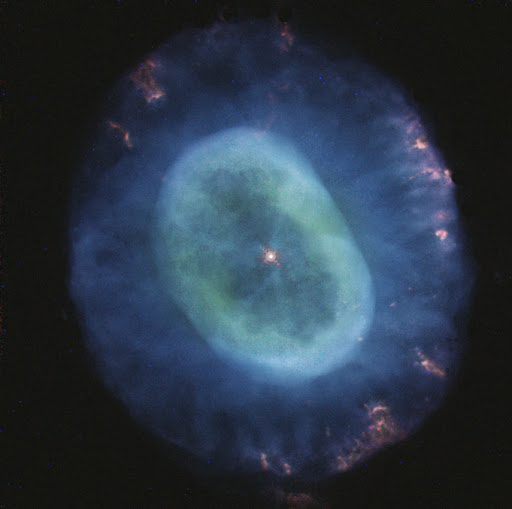
Image credit: Donald Waid
NGC 7662 - The Blue Snowball
Another autumnal planetary, the Blue Snowball can be found close to Kappa Andromedae and appears as a bluish, slightly elongated hazy disc at higher magnifications.
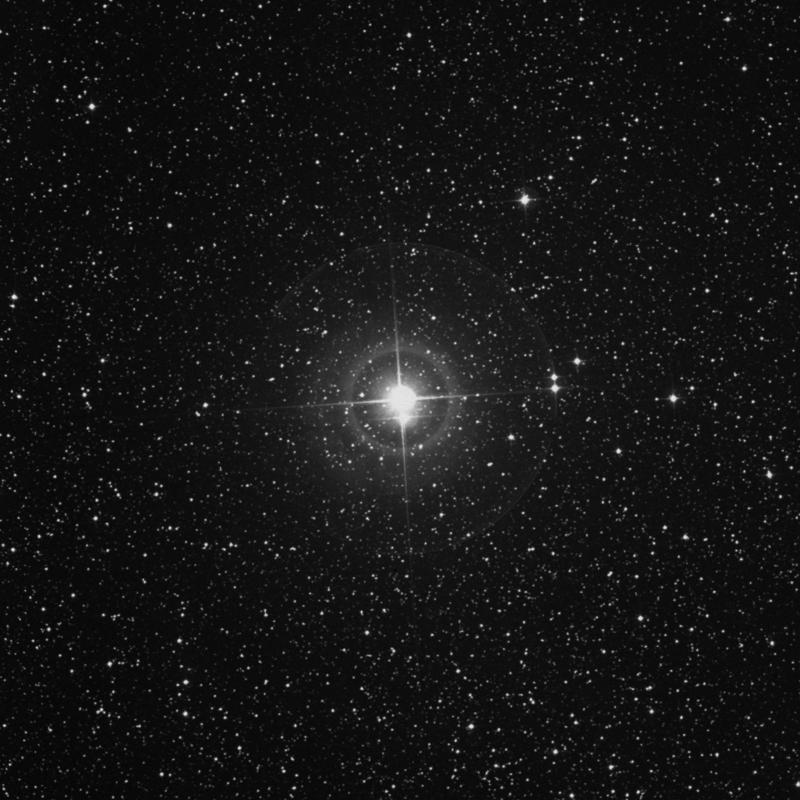
Image credit: theskylive.com
Delta Cephei
This famous variable star changes brightness from magnitude 3.5 to 4.4 every 5.3663 days. It also has a pale blue companion, visible through telescopes at low power.
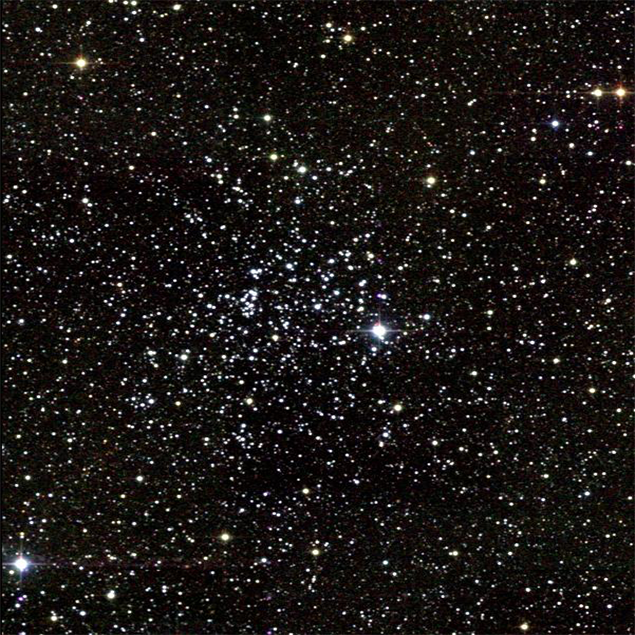
Image credit: NASA
M52
Located in Cassiopeia, close to the border with Cepheus, a small telescope at low power will show this cluster as having a conical shape, with a bright yellowish star at its tip.
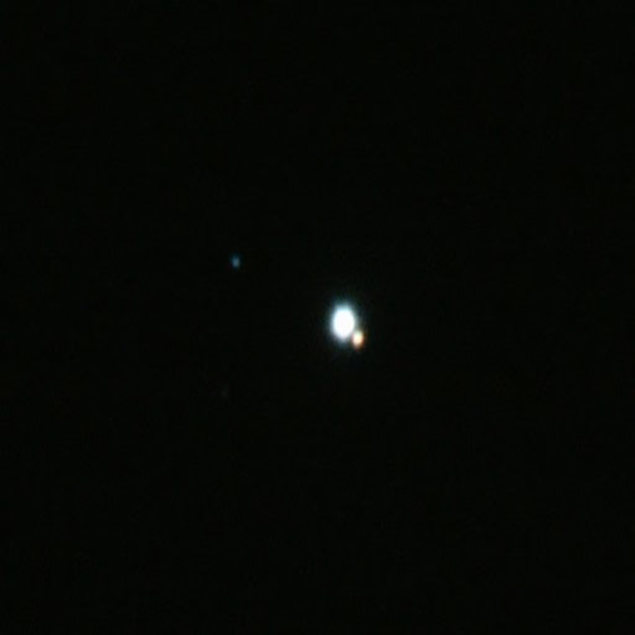
Image credit: learnastronomyhq.com
Achird - Eta Cassiopeiae
A colorful triple star easily found and easily split at lower power. The primary appears a brilliant white, with a coppery secondary closest and a third, bluish star a little further afield.
STELLAR CONCEPTS
Variable Star: While some stars appear to shine with a constant, unwavering light, there are some that change with brightness over time. There are two basic types of variable stars: intrinsic and extrinsic. The first kind, intrinsic, vary in brightness due to changes within or on the surface of the star. For example, a pulsating variable (such as Delta Cephei) expands and contracts over time. An extrinsic variable changes brightness due to factors external to the star. One such example is an eclipsing binary star, where an unseen, fainter companion star directly passes in front of the primary star and causes it to fade. Algol (Beta Persei) is the most famous example of an eclipsing binary and was the first of its kind to be discovered.
This Article was Last Updated on 08/16/2023










